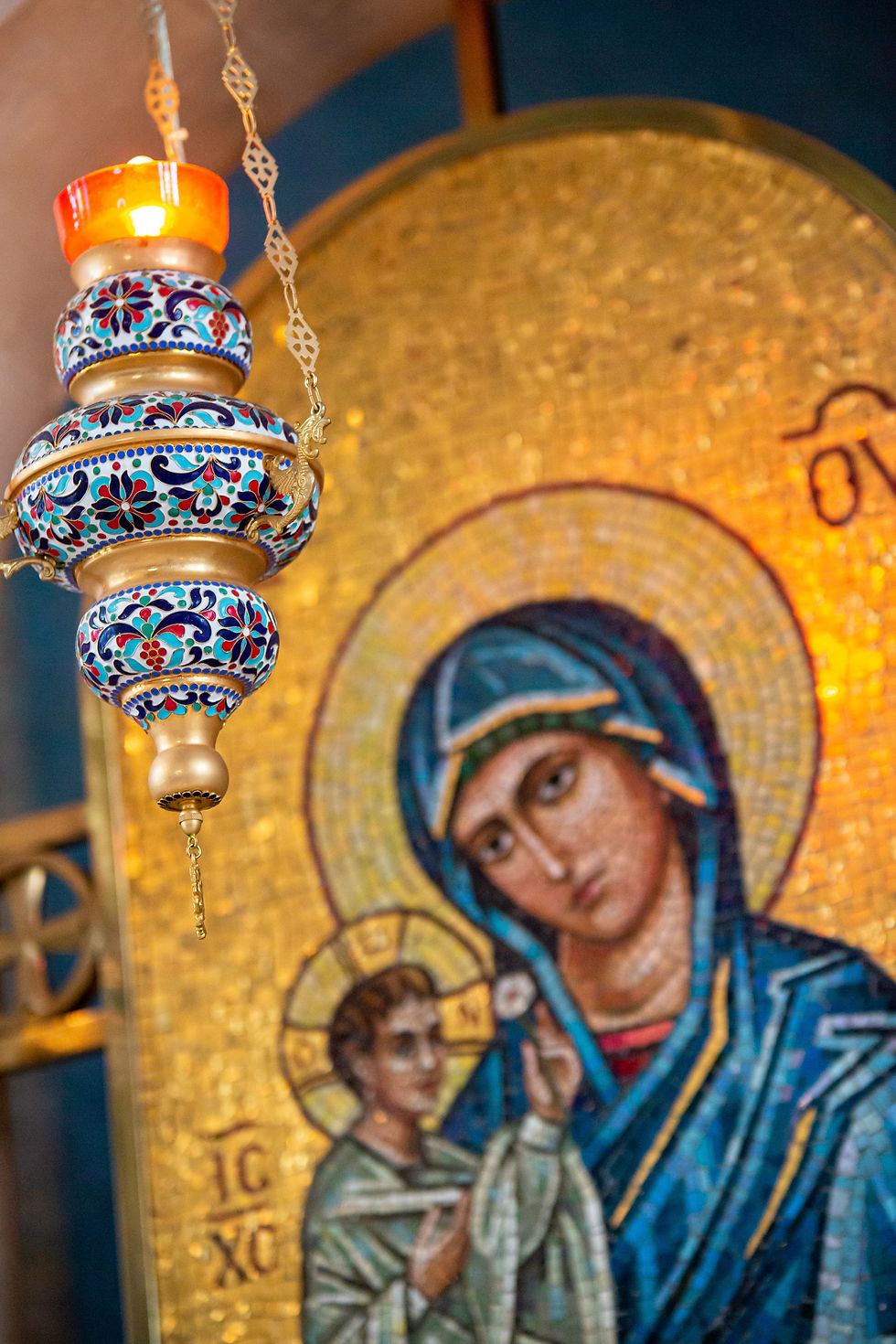When Prayer Is Difficult
- Jane Aseltyne

- Jan 28, 2022
- 3 min read
As a woman religious, prayer is central to my life. I have personal prayer time in the morning, and in the evening, I gather with my housemates (also women religious) for communal prayer. This rhythm of prayer grounds me in my ministry, relationships, and interactions with the world. That doesn't mean, however, that it always comes easily. There are times when prayer is very difficult.

In December last year, I got a phone call that knocked the wind right out of me. As I was heading to dinner with my housemates, my mom called. I answered the phone expecting a casual interaction, and instead, I was met with sobbing. Through fits of breath and tears, my mom told me that my cousin Joe had died unexpectedly. I went into shock. How was this real? I had just talked to him that afternoon, and now four hours later, he's gone? It made no sense.
Until that moment, I had not experienced the sudden death of someone so close to me. Joe was like my little brother, and I did not want to imagine my life without him.
In the days that followed his death, prayer was especially challenging. Deep down, I knew God was with me in my grief, but I still felt a sense of disconnect, disbelief, and sadness. Words couldn't touch the pain or loss I was feeling. Journaling, my usual medium of processing thoughts and emotions, felt more like a chore than an outlet.
When I shared my struggle with a friend, she reminded me that prayer does not always need to involve words. She suggested that I try Visio Divina, or “divine seeing.” It is the practice of gazing at an image, icon, painting, or another form of art and letting it "speak" to you. The prayer form invites you to enter a space where you focus your mind on the colors, lines, contours, setting, etc., of an image and see what surfaces in your heart and mind. It is a way of connecting with God, not bound by the spoken or written word; it is a communication of the heart.
I decided to give Visio Divina a try and used an image by Kelly Latimore called Christ in the Wilderness. In the icon, Jesus sits by a fire under a canopy of stars, alone, wrapped in a blanket, staring longingly into the sky. His face creased with lines of worry. He seems to be waiting for God to notice him.
I felt a deep sense of solidarity with Jesus as I gazed at the image. I, too, felt alone, attempting to navigate the uncharted waters of grief and shock. I slowly began to remember that Jesus, too, knew grief and loss, heartache and pain, questions and frustrations. Jesus and I were together in our loneliness, which to this day, six weeks after Joe's death, still brings me a sense of comfort. Jesus understands my pain even when I can't express it.
There is no timeline for grieving, and I continue to pray with the image of Jesus in the wilderness. If you’re experiencing a difficult time in prayer or dealing with a tough situation, I encourage you to try Visio Divina using an image that has special meaning for you. It may help you connect with God in a new and life-giving way.






Comments